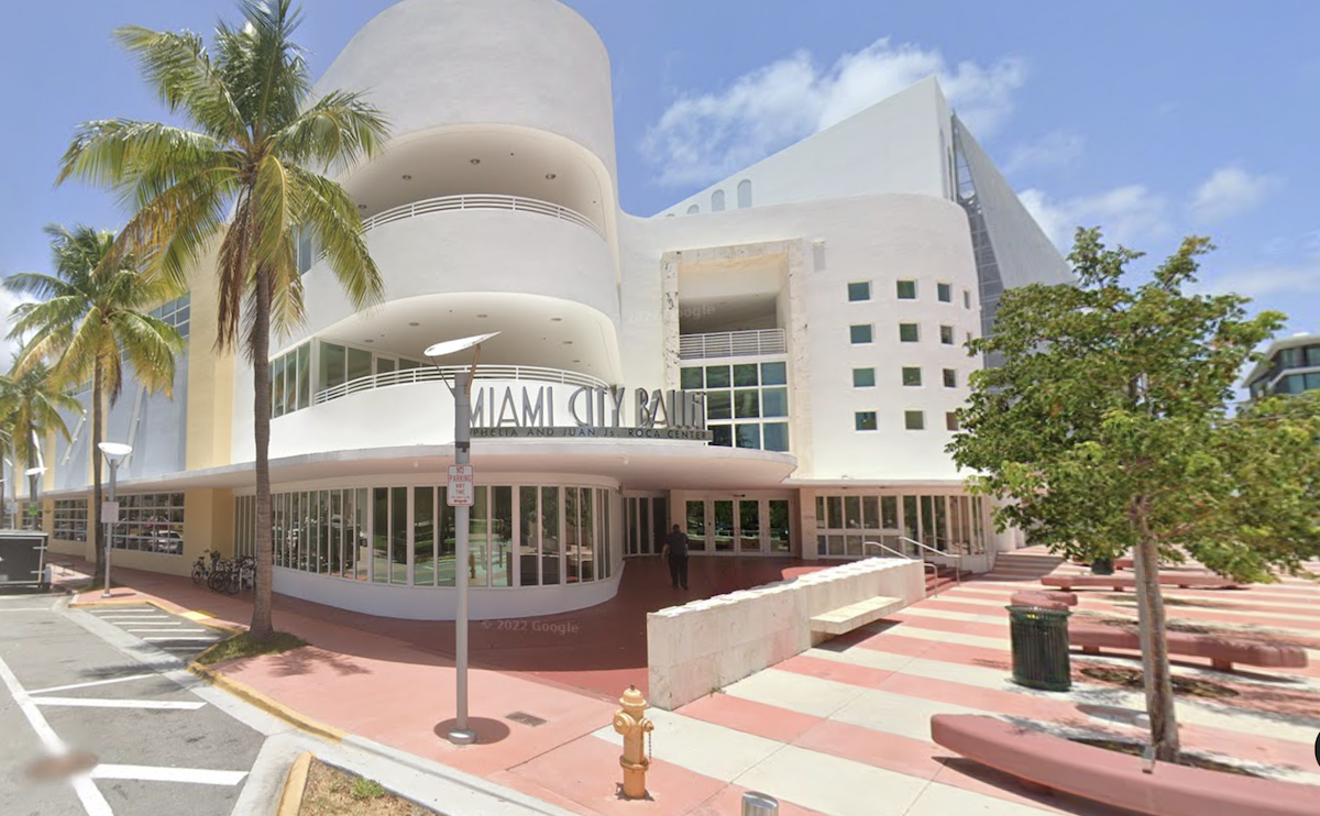"I was disillusioned with the suburban environment of Miami," explains Daniel Suchman, a 34-year-old Miami real estate lawyer who founded the group this past year. "I'm tired of not knowing my neighbors, and because I live alone, the isolation is especially acute. Most of today's housing choices do not reflect the needs of a large segment of our population." By contrast, he says, cohousing communities bring people together.
Cohousing stems from the belief that housing needs in the late Twentieth Century are different from those in the middle of the century, when families were larger and women generally stayed at home tending to the housekeeping and the children. The concept originated in 1976 in Denmark, where there are now more than 140 such communities; another 150 thrive in Sweden and the Netherlands.
Two California architects, 34-year-old Kathryn McCamant and her 37-year-old husband Charles Durrett, introduced the concept to the United States in 1988 with their book Cohousing: A Contemporary Approach to Housing Ourselves. Since then four cohousing communities have been built, in California, Washington, and Colorado; two other communities are under construction in California. More than 120 cohousing groups are actively planning communities elsewhere in the U.S., says McCamant, who lives with her husband in a twelve-unit cohousing complex fashioned out of a renovated warehouse in Emeryville, California.
Members of a cohousing community first choose each other as neighbors, then plan and build their development together. Sometimes the community is constructed from scratch, other times it involves refurbishing existing buildings. Residents of these custom-built worlds live in separate, privately owned dwellings around common grounds and common facilities. The shared property typically includes a common house with a kitchen, dining room, offices, laundry facilities, guest rooms, and a play room. The Emeryville complex contains a woodworking shop. In Davis, California, the rural community of stucco townhouses is surrounded by vegetable gardens and an orchard.
Cohousing communities create their own bylaws, legally resembling those of a condominium, with residents forming committees to oversee issues ranging from landscaping to pooper-scoopers. But the most symbolic manifestation of community unity A and for many residents the embodiment of the community's essence A is the communal meal. Plans vary among cohousing groups: in Emeryville, where community meals are offered three times a week, residents rotate cooking duties among teams of two.
Life instantly becomes more convenient and more economical, says McCamant, who lives with her husband and eighteen-month-old daughter in Emeryville. Community members with children have no problem finding baby sitters, elderly people living alone find companionship, and everybody is rewarded with a newfound sense of humanity. "As a working mother, the luxury of being able to leave work, pick up my kid, and not have to worry about what's in A or not in A the refrigerator is great," says McCamant, who runs a cohousing consulting firm with her husband in Berkeley. "I can play with my child for an hour, sit down at the table, and have a huge healthy salad."
Physically, cohousing complexes are laid out to ensure contact between inhabitants. Residences are constructed close to one another and, in some cases, facing each other. "One selling point of a condo is privacy," Daniel Suchman points out. "You may even have a parking place next to your unit. But in cohousing, everybody walks to their unit from central parking to promote interaction."
The existing communities are predominantly white, middle-class, and highly educated, a homogeneity that bothers the liberal sensitivities of cohousing proponents. Cost of construction and financing, they say, is the main barrier to creating a socioeconomically diverse community. Asserts McCamant: "The groups want to accommodate diversity. They don't want exclusive groups. The people who are attracted to cohousing dislike gated communities and living with people 'just like me.' You have to be a certain amount of a visionary to be a part of these groups."
Not to mention wealthy enough to afford the risk. Suchman estimates that members of the Miami Cohousing Group should be prepared to invest at least $75,000 for a one-bedroom house, or $150,000 for a 1500-square-foot, two-bedroom home. And those may be low estimates. Apartments in Emeryville run from $150,000 for a one-bedroom unit to $260,000 for a house with three bedrooms.
At the moment, the Miami project is only in its planning stages. The group now consists of eighteen members and fifteen households, including lawyers, advertising executives, builders, psychotherapists, a baker, a computer programmer, and a bank administrator. Suchman hopes the final group will comprise about 25 households. The project likely will be located in an urban or suburban setting; the group has begun looking at potential sites on South Beach, in the downtown Miami neighborhood of Miramar, and in South Miami.
This weekend the Miami Cohousing Group, in conjunction with the University of Miami School of Architecture and Miami architect Elizabeth Plater-Zyberk, is hosting a cohousing workshop at UM, open to the public and led by cohousing pioneers McCamant and Durrett.
McCamant believes people are quickly embracing this idea of the extended family because lifestyles are changing so radically and housing isn't keeping pace. More working mothers, active older people, and people living alone have housing needs that differ from those of the "traditional" family. "I have memories of the neighborhood I grew up in in Denver," McCamant says. "There were always playmates, you ran around and your mother never knew where you were. But that was a different time. People are tired of isolation. Privacy is great, but we've kind of overdone it and we're looking for more of a balance. People are saying that this Great American Dream hasn't satisfied their dream.










